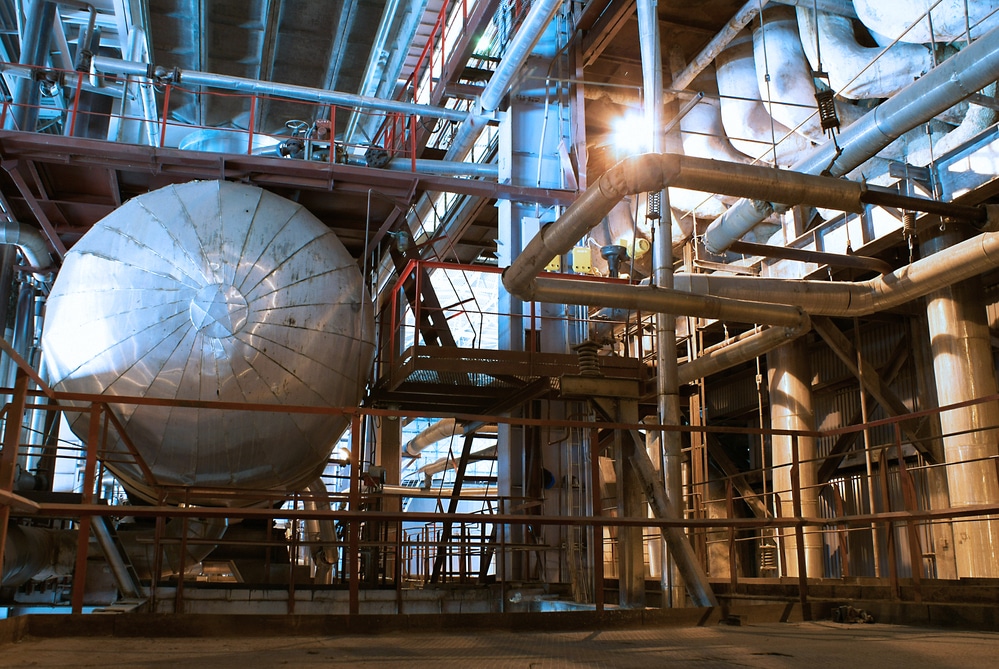
Steel is always a hot commodity in the global market, but the demand for steel has increased by record amounts over the past two years, and shortages are causing market issues. Many buyers have expressed their concern about having enough steel for production needs in 2022.
The current shortages are due to supply chain issues that have impacted steel inventory, increasing demand. As a result of the spread of COVID-19 over the past two years, mill outages and transportation blockages have also led to a steel shortage.
Growth Projections
The World Steel Association (WSA) reports a projected 2.2 percent growth in the demand for steel in 2022, so demand will continue to increase. In 2021, the growth in demand increased by 4.5 percent, up from just 0.1 percent in 2020.
Things are slowly swinging back in the right direction, according to this forecast. The 2.2 percent growth assumes vaccinations will continue worldwide, which will halt the spread of new COVID variants, so the virus should be less damaging to the global market.
Automobile and appliance manufacturers are the driving force behind the increased demand for steel, and a shortage of some components is still hurting the recovery.
There have been clear signs of deceleration in the steel-heavy sector’s activity in China, leading to a steel demand contraction of 13.3 percent in July and 18.3 percent in August.
This quick deceleration is partially due to minor factors like small infection outbreaks and adverse weather conditions. However, there are other significant influences, like the slowing down of the real estate sector and the Chinese government’s cap on steel production.
Unrelenting Demand
The backlogged demand for steel has also led to strong manufacturing activity, which has helped the steel market. Developed countries worldwide have outperformed the WSA’s expectations due to the high number of vaccinated individuals and government support.
However, while the manufacturing side has been doing well, supply chain shortages are still disrupting the global steel market and are preventing a strong recovery in 2022. Due to the backlogged steel orders, the demand will remain high through the next year.
Because of the demand for the limited inventory available, steel prices will continue to go up in 2022. The U.S. steel industry is currently valued at $180 billion and began to boom last year thanks to the disruptions caused by COVID-19.
The mill shutdowns caused shortages, but they also gave steelmakers time to bring new plants into service and negotiate higher prices for returning customers.
Increased business and consumer spending habits have driven up the demand for steel-bearing products, which are needed for everything from recreational vehicles to food cans. Buyers are willing to pay more for these products and will continue to pay increased prices throughout 2022.
As government support continues in developed countries and vaccination rates increase, the steel market will continue to recover, but demand will remain high throughout the next year, and even as strong production continues, it will take time to bounce back from all of the backlogged orders.











